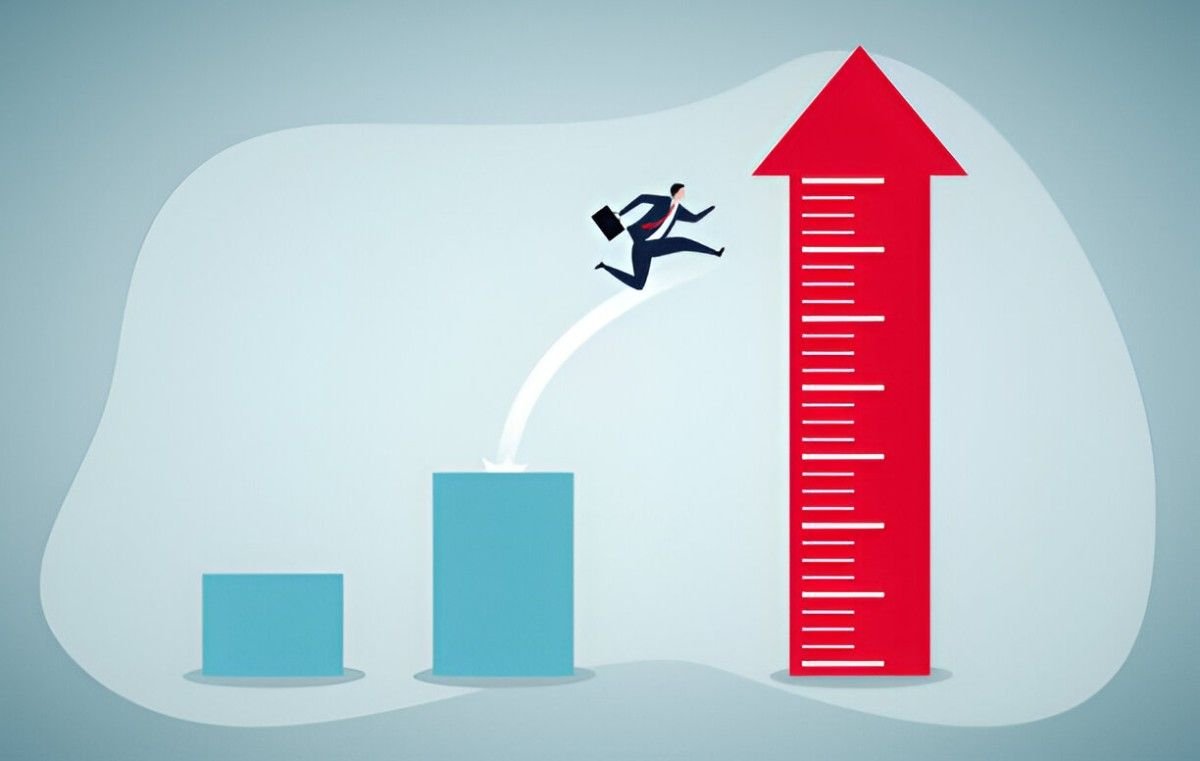As a finance expert, I often analyze mutual fund performance to help investors make informed decisions. One tool I rely on is the AIM (Asset Investment Management) Chart, a graphical representation that tracks mutual fund performance over time. In this article, I break down what AIM charts are, how they work, and why they matter for investors.
Table of Contents
What Is an AIM Chart?
An AIM Chart plots a mutual fund’s net asset value (NAV) against a benchmark index, helping investors visualize performance trends. Unlike traditional line graphs, AIM charts incorporate moving averages, volatility bands, and relative strength indicators to provide deeper insights.
Key Components of an AIM Chart
- NAV Trend Line – Shows the mutual fund’s price movement.
- Benchmark Comparison – Typically an index like the S&P 500.
- Moving Averages – Smooths out short-term fluctuations.
- Volatility Bands – Indicates overbought or oversold conditions.
Where:
- k = multiplier (usually 2 for 95% confidence)
- Standard deviation measures historical volatility.
Why AIM Charts Matter for Mutual Fund Investors
1. Performance Comparison
AIM charts help compare a fund’s returns against a benchmark. For example, if a large-cap fund underperforms the S&P 500 consistently, it may signal poor management.
2. Risk Assessment
Volatility bands highlight periods of extreme price movements. A fund frequently touching the upper band may be overbought, while one near the lower band could be oversold.
3. Trend Identification
Moving averages reveal long-term trends. A Golden Cross (50-day MA crossing above 200-day MA) suggests bullish momentum, while a Death Cross indicates bearish trends.
How to Read an AIM Chart: A Step-by-Step Example
Let’s analyze Fund X vs. the S&P 500 over five years.
| Year | Fund X NAV ($) | S&P 500 Return (%) |
|---|---|---|
| 2019 | 120 | +28.9 |
| 2020 | 135 | +16.3 |
| 2021 | 142 | +26.9 |
| 2022 | 130 | -19.4 |
| 2023 | 155 | +24.2 |
Observations:
- Fund X lagged in 2019 but outperformed in 2022 (a bear market).
- The 2023 rebound suggests strong recovery potential.
Calculating Risk-Adjusted Returns
The Sharpe Ratio measures excess return per unit of risk:
\text{Sharpe Ratio} = \frac{R_p - R_f}{\sigma_p}Where:
- R_p = Fund return
- R_f = Risk-free rate (e.g., 10-year Treasury yield)
- \sigma_p = Standard deviation of returns
If Fund X has an annualized return of 10% with a standard deviation of 12%, and the risk-free rate is 2%, its Sharpe Ratio is:
\frac{10 - 2}{12} = 0.67A ratio above 1 is excellent; below 0.5 suggests poor risk-adjusted returns.
Limitations of AIM Charts
- Past Performance ≠ Future Results – AIM charts rely on historical data.
- No Guarantee of Accuracy – External factors (e.g., Fed policy) can disrupt trends.
- Subject to Interpretation – Different analysts may draw varying conclusions.
Final Thoughts
AIM charts are powerful tools, but they should complement—not replace—fundamental analysis. I recommend using them alongside expense ratio checks, manager tenure, and portfolio diversification.





